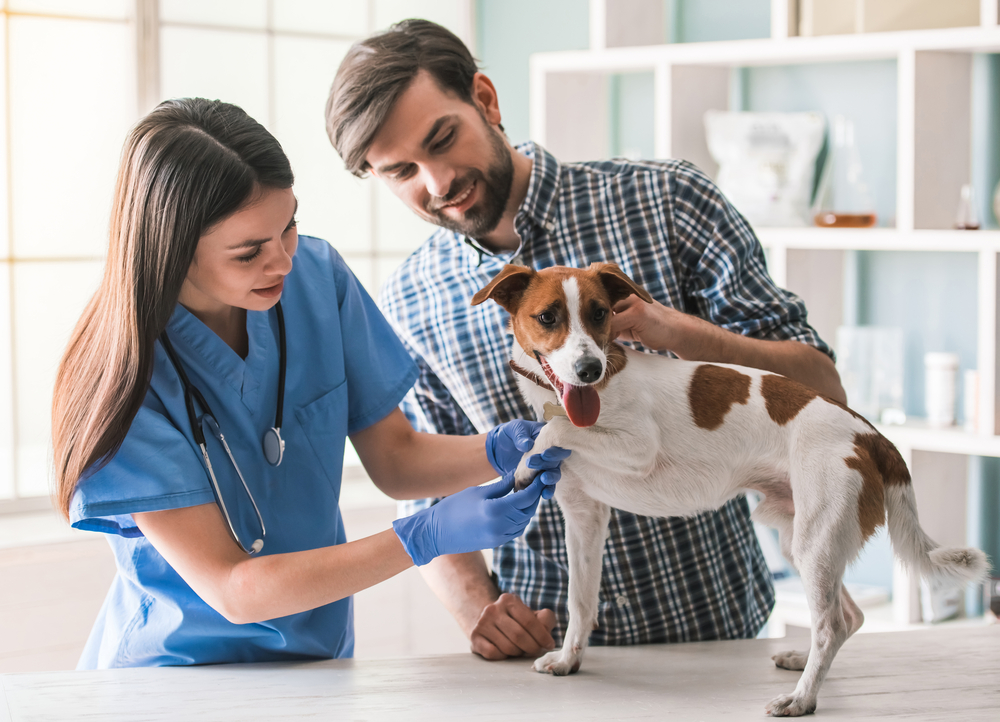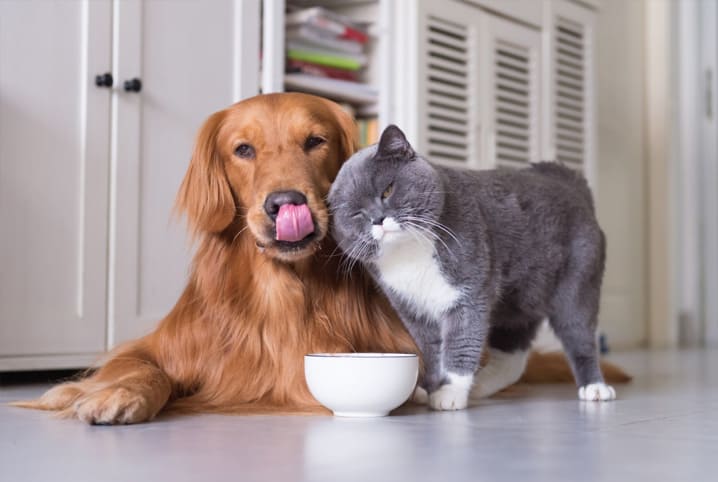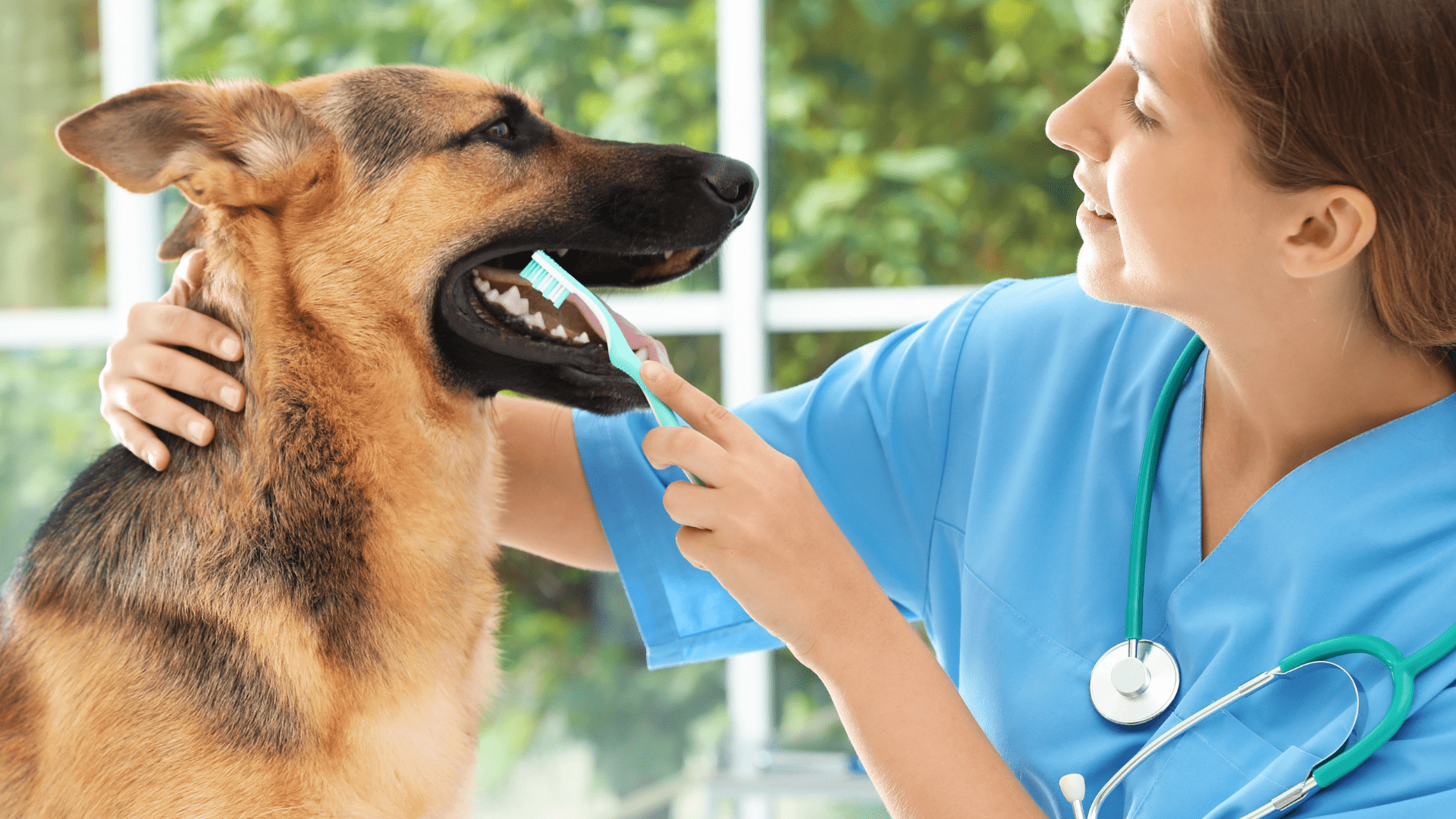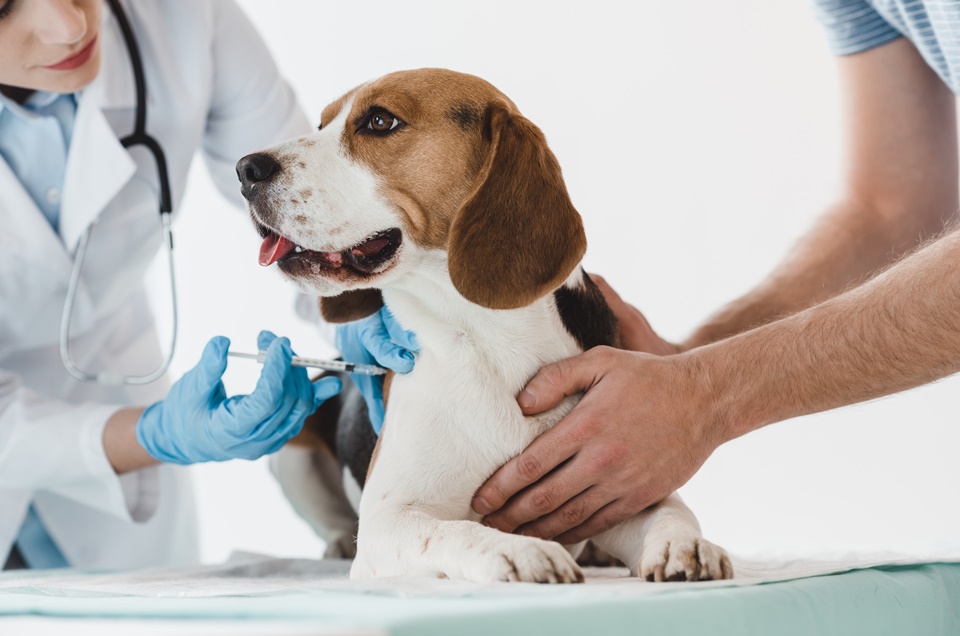The technical manager of the Pet area at Boehringer Ingelheim, Karin Botteon, explains how the star tick, responsible for spotted fever in humans, affects dogs' bodies and its distinctions in relation to the most commonly found tick that affects dogs in everyday life.
In recent days, there has been a worrying increase in cases of spotted fever in the interior of São Paulo, caused by ticks. It is essential to understand that this disease can affect not only humans but dogs as well. Owners should be aware that spotted fever can be transmitted to their pets through the star tick, whose genus is known as Amblyomma sp, responsible for the spread of bacteria of the genus Rickettsia, including Rickettsia rickettsii responsible for spotted fever. Furthermore, it is important to distinguish this type of tick from Rhipicephalus sanguineus, the most common species in dogs, in order to understand the specific risks and adopt the appropriate preventive measures. By knowing the characteristics and behaviors of ticks, as well as being aware of preventive measures, owners will be able to protect their dogs against spotted fever, thus ensuring their health and well-being.
Rhipicephalus sanguineus, also called the brown dog tick, is the most prevalent species of this parasite found in dogs. They have a wide geographic distribution and are found in different regions of the world, preferring hot and dry areas. Therefore, they are also common in domestic environments, such as houses and backyards, where dogs spend most of their time.
On the other hand, Amblyomma, whose most relevant species in Brazil are Amblyomma sculptum (the main vector of spotted fever in Brazil), Amblyomma cajennense and Amblyomma aureolatum, known as the star tick, is more common in rural areas and dense vegetation, where their natural hosts such as capybaras, horses and other wild animals are found. Unlike Rhipicephalus sanguineus, the star tick does not infest the interior of homes and buildings, and is not found on paved paths or areas with exposed soil. Transmission of the bacteria that causes spotted fever occurs during prolonged parasitism of the infected tick, which requires more than 4 hours of feeding on the host's blood. It is important to mention that only 1% of ticks of this genus are infected, and the bacteria will be carried by the tick throughout their lives. Furthermore, vertical and transstadial transmission in ticks means that they are born infected.












